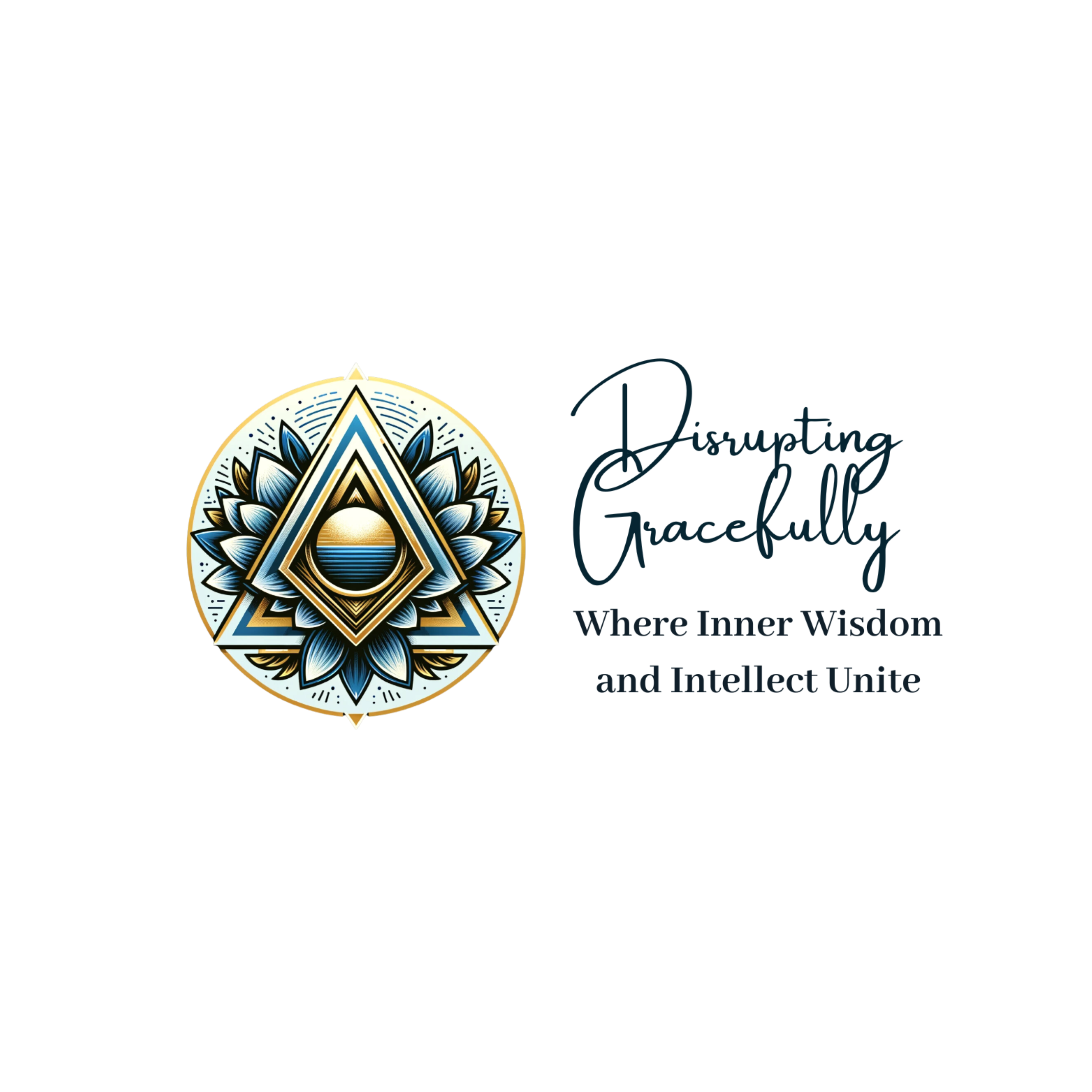An Accountability Worksheet: Five Steps to Reduce Overwhelm and Move Forward
Like many of you reading this, I work in a fast-paced environment. I also work remotely. During a web meeting today, a colleague shared how overwhelmed she was trying to meet an unreachable deadline, eventually breaking down into tears. As professionals, we place real value on what we produce, and too many tasks and deadlines may result in less than desirable output.
I love my job and the flexibility it can afford. But I empathize with my colleague's situation. In the past, I’ve found myself working 70+ hours some weeks, earning a 40-hour salary. I also routinely go over 40 hours. As remote employees, it can be even more challenging. Boundaries are often dismissed, and some expect access to us 24/7. Yes, my phone or text has gone off in the middle of the night.
I’ve come to recognize that when we are older, we won’t regret not completing an insane request, but we may regret missing time with family or something else we value. Unfortunately, it took a brush with death in my 40’s and a bone marrow transplant to provide the time to reflect on my life.
For the past four years, to stay on target and move forward, my friend and I are accountability partners for each other. At first, I will admit, it was difficult to maintain. We would write out our goals and then meet over dinner, but never really give ourselves time to reflect. The same reason kept coming up “I don’t have enough time.” In the process, I was devaluing myself.
Because we were serious about growing as individuals, we changed the process. From here we created a weekly worksheet to help us stay on track. We also began to hold each other accountable. It feeds the linear human mind. Today I offer accountability sessions to my clients, with the backdrop that time is an illusion of our 3D reality, so we have the power to shift it.
The worksheet includes the following steps:
Step 1: Identify the main objectives or a primary focus for the week. For example, one goal might be to discover, set, and stick to personal boundaries. The sky is the limit; you decide what your personal goals are. Other examples may be continued self-improvement or making more time for friends.
Step 2: Identify action items. To master the main objectives for the week (step 1), list the steps you will take to achieve the goals for the week. If my goal is to discover, set, and stick to personal boundaries, my action item may be to stop answering work emails after 7 pm. I also use a “do not disturb” feature on my phone. If the person trying to reach me is not in my contacts, I am not alerted to it. To stay on target, I write down specific tasks in my calendar and check them off as I complete them. If I do not complete by a reasonable hour, they go on the next day and I do not give them another thought until then.
Step 3: Create intentions for the week. Intentions are a little different from action items. Intentions may be spiritual, emotional, mental, physical, but ultimately you design your intentions anyway you choose. In my opinion, life doesn’t happen to us; it happens from us. What we put out we get back. So, we should be clear on our intentions and then release the process. An example may be to start my week with an open mind regarding my career and self. To be open to what happens, while trusting in the process, but understanding I am in the driver’s seat.
Step 4: At the end of the week review what you have accomplished and reflect on it. What went well? What could have been better? This step is the most beneficial. Don’t beat yourself up if you did not achieve all your goals or complete your action items, rather reflect and start a new plan. As you are reflecting, remember to be grateful for what you have accomplished and to then continue to move forward in the process. For me, being grateful is key. Focus on the positive and avoid the negative talk. Are you a negative thinker? This process will help you gain control of it.
Step 5: Share your worksheet with your partner and then discuss. Stay in a place of compassion while encouraging your partner to continue moving forward with their goals/life path.
This framework has helped me to stay on task and move forward. At the end of each day, I take a few minutes to jot down what I’ve done in my worksheet, so by the end of the week; it is all there. Being able to see everything I have accomplished at the end of the week has removed some of the pressure I put on myself. Have the deadlines gone away? No, but my perspective has changed. I’ve learned that I am human. I have limits and priorities, and if I keep them in check, I am more productive and happier.


0 comments
Leave a comment